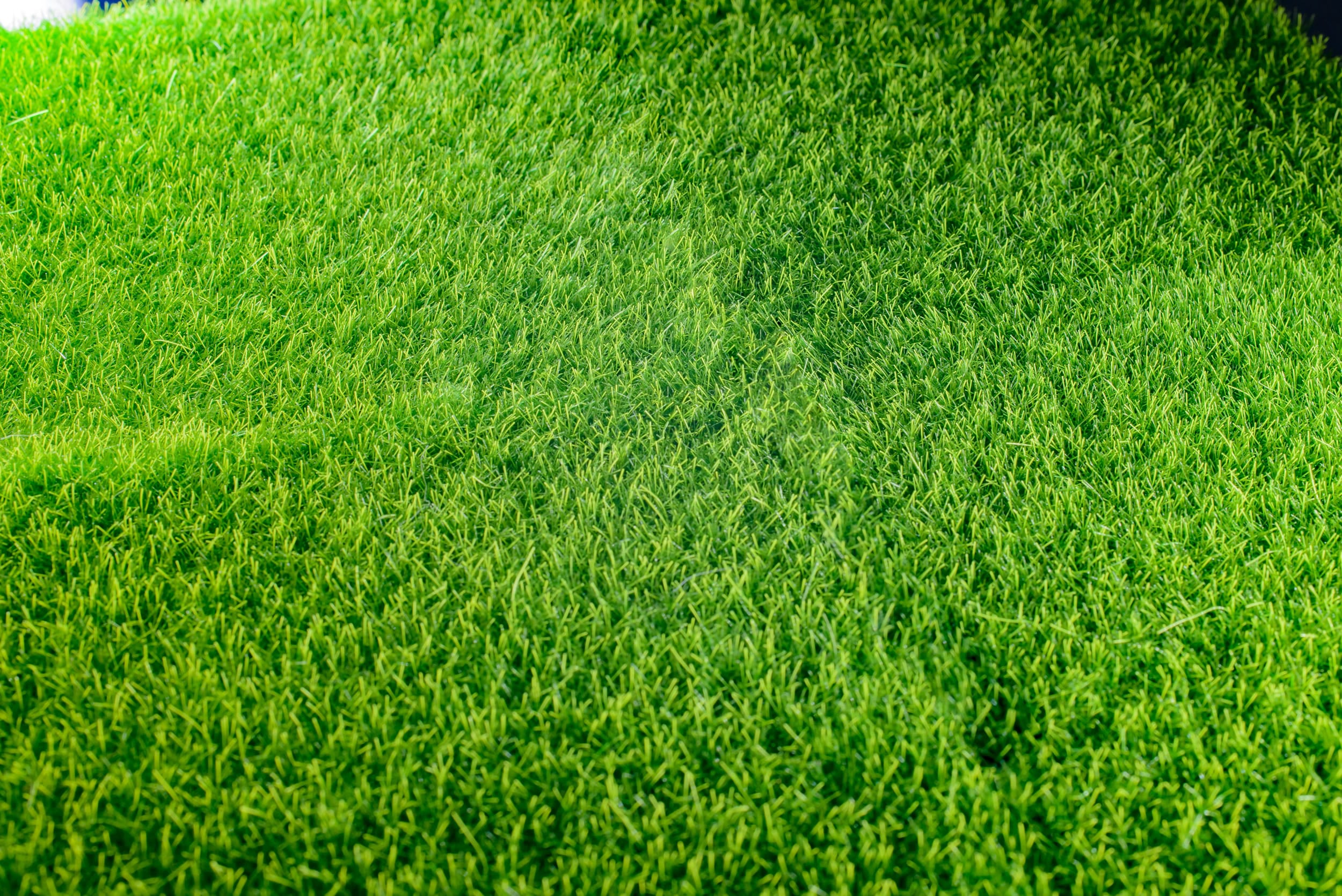Introduction
A lush, green lawn is a dream for many homeowners. However, achieving and maintaining such a lawn requires more than just regular mowing and watering. Fertilization plays a crucial role in ensuring your grass gets the nutrients it needs to thrive. In this ultimate guide to effective lawn fertilization, we will explore everything you need to know about feeding your lawn the right way. From understanding the types of fertilizers available to knowing the best time to apply them, this guide will equip you with the knowledge to keep your lawn healthy and vibrant.
Understanding Lawn Fertilization
Lawn fertilization is the process of adding essential nutrients to the soil to promote healthy grass growth. The primary nutrients required by lawns are nitrogen, phosphorus, and potassium, often referred to as N-P-K. Each of these nutrients plays a specific role in the health of your lawn:
- Nitrogen (N): Promotes lush, green growth and is responsible for the vibrant color of your lawn.
- Phosphorus (P): Encourages strong root development and is crucial for new grass seedlings.
- Potassium (K): Enhances overall lawn health, improving disease resistance and drought tolerance.
Types of Lawn Fertilizers
There are several types of fertilizers available, each with its own advantages and disadvantages. Understanding these can help you choose the right one for your lawn:
- Granular Fertilizers: These are solid fertilizers that can be spread evenly across the lawn. They are easy to apply and provide a slow release of nutrients.
- Liquid Fertilizers: These are applied using a sprayer and are absorbed quickly by the grass. They are ideal for a quick nutrient boost.
- Organic Fertilizers: Made from natural materials, these are environmentally friendly and improve soil health over time.
- Synthetic Fertilizers: Chemically manufactured, these provide immediate results but can have long-term environmental impacts.
When to Fertilize Your Lawn
The timing of lawn fertilization is crucial for achieving the best results. Fertilizing at the right time ensures that your grass can absorb the nutrients effectively. Here are some general guidelines:
- Spring: This is the ideal time to start fertilizing as the grass begins to grow actively. A balanced fertilizer will help kickstart growth.
- Summer: Depending on your lawn’s needs, a light application may be necessary. Be cautious of high temperatures that can stress the grass.
- Fall: Fertilizing in the fall helps strengthen the roots and prepares the lawn for the winter months. Learn more about why fall is the optimal season for lawn aeration.
- Winter: Generally, fertilization is not recommended during this period as the grass is dormant.
How to Apply Lawn Fertilizer
Proper application of fertilizer is key to ensuring even distribution and preventing damage to your lawn. Here are some steps to follow:
- Test Your Soil: Before applying fertilizer, test your soil to determine its nutrient needs. This will help you choose the right fertilizer formula.
- Choose the Right Spreader: Use a broadcast spreader for large lawns or a drop spreader for smaller areas to ensure even coverage.
- Follow the Instructions: Always read the manufacturer’s instructions on the fertilizer package for application rates and safety precautions.
- Water After Application: Watering helps the fertilizer dissolve and soak into the soil, making nutrients available to the grass. Consider installing an automatic sprinkler system to ensure consistent watering.
Common Lawn Fertilization Mistakes
Even with the best intentions, mistakes can happen during lawn fertilization. Here are some common errors to avoid:
- Over-Fertilizing: Applying too much fertilizer can burn the grass and cause nutrient imbalances.
- Ignoring Soil pH: Soil pH affects nutrient availability. Test and adjust your soil pH as needed.
- Uneven Application: Uneven spreading can lead to patchy growth and nutrient deficiencies. Discover effective strategies to prevent lawn diseases that may arise from such issues.
- Wrong Fertilizer Type: Using the wrong type of fertilizer for your grass type or soil condition can be ineffective or harmful.
Conclusion
Fertilizing your lawn is an essential part of lawn care that can significantly impact the health and appearance of your grass. By understanding the types of fertilizers, knowing when and how to apply them, and avoiding common mistakes, you can achieve a lush, green lawn that enhances the beauty of your home. Take the time to assess your lawn’s needs and choose the right fertilization strategy to ensure long-lasting results. Happy gardening!
